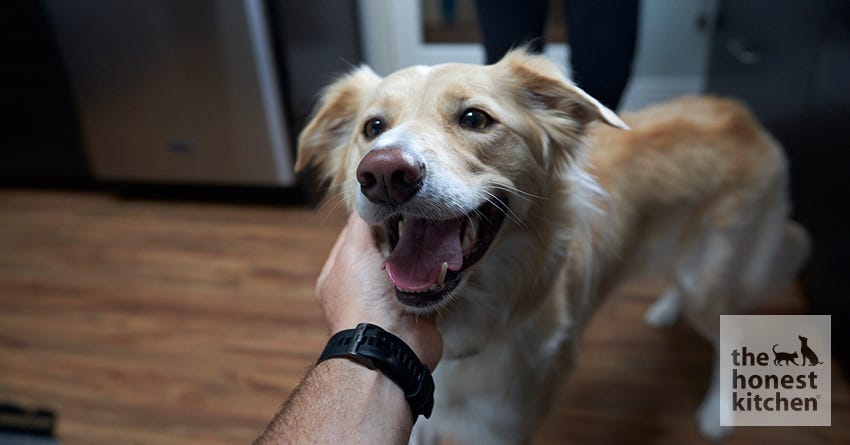How Daylight Saving Time Affects Your Pet

Pets actually do notice time changes, especially when daylight savings hits in the fall.
Most pets do notice when the time changes, especially in the fall, when everything is now an hour later, according to Dr. Sara Ochoa, DVM, a small animal and exotic veterinarian in Texas and a veterinary consultant for doglab.com. Making a gradual change to your dog’s routine can make the transition easier. “If he still seems confused or agitated, you can add a little extra TLC to his day,” says Steffi Trott and I am the owner of SpiritDog Training in Albuquerque, NM. “Perhaps try feeding him a special treat every morning, giving him a massage at night or playing an extra round of fetch together.”
Adjust Things Gradually
Although most pets adapt smoothly when we move our clocks up or back an hour, you can always take a few days to more gradually make the transition easier, according to Dr. Jennifer Coates, DVM, who serves on the advisory board for Pet Life Today. “For example, three days before daylight saving time ends, move your dog’s meal, wake, or walk time back 20 minutes; the next day, move it back another 20 minutes,” Coates says. “Then, when the ‘big day’ arrives, you’ll only have to make one more 20-minute change rather than a whole hour.” On the other hand, Coates points out that losing or gaining an hour gives you a good excuse to completely rethink your schedule. “In the fall, daylight shifts to the morning hours, so perhaps switching your walk from the evening to the morning would be more enjoyable and possibly safer for both you and your dog,” she adds. 
Meal Time Changes
Your dog may usually eat at 6 PM, but now that time has changed, they are eating at 7 PM. The result? Your dog will start asking you for their dinner earlier, Ochoa says. To avoid the confusion, Ochoa suggests weaning them to a later time the week before time changes. “Every few days, feed them 15 minutes later until they are eating at what would be their normal time,” she explains. “You usually do not have to do this in the spring when we move forward an hour,” Ochoa says. “Most dogs do not complain if they are now suddenly eating dinner earlier.”
Adjusting Your Walks
Once the time changes, it will be darker now when you walk your dog. Depending on your preferences, Trott says you can either walk your dog at the same time as before, or change your routine up for the colder months. “Especially little dogs and dogs with short fur can be very sensitive to cold,” Trott explains. “If you are walking them in the dark, they might need a coat to keep warm.” In winter, you might want to keep your walks shorter and instead exercise your dog indoors. “You can set up a little obstacle course from pillows, pool noodles and cardboard boxes for him to navigate,” says Trott. “Or you can hide a bunch of treats underneath a blanket and see if your dog can figure out how to get to them!” 
Keep Safety in Mind
If you are walking your dog in the dark, Strott recommends wearing reflective clothing or (ideally) a headlamp. “There is plenty of visible equipment for your dog as well, from glow-in-the-dark leashes to LED collars,” Trott says. “The brighter you are, the better cars will be able to see you.” Headlamps or flashlights will also help to keep wildlife such as coyotes far away from you, according to Trott. Ochoa agrees, adding that some leashes light up, which makes it much easier to see people and pets walking on a dark street—plus it helps cars notice you when you're walking. “At night, it's best to always be aware of your surroundings and walk in safe well-lit areas,” Ochoa adds.


